World Artists and their Story, 12 - Natascha Morsink
World Artists and their Story, 12 – Natascha Morsink
Natascha Morsink loves the sea, more precisely, the coastline. There she finds the materials with which she makes her artwork. Old weathered planks, rusty screws, plastic and all kinds of objects that who knows how long have driven in he seawater and eventually have washed ashore.
Yet she comes from Twente, not near the sea. ‘But my mother is from North Holland, Alkmaar, which is already one step closer to the coast. She had a connection with the sea.’ Natascha Morsink just loves the colors of th sea in all shades, from blue through green to gray and the air above the sea. It makes her quiet, it gives her the opportunity to refresh her head.
Paper boat
Her house in Frankenstraat , The Hague, is full of her art. All those stranded objects have been included in paintings with various hues. There are large and small works and in most you can find a paper boat, made from a Portuguese, French or German newspaper . She works in the first place for herself. She considers all works beautiful and it is sometimes difficult for her to sell them. But after it has hanged for a while, it is allowed to go to a new owner. ‘It stimulates me to make new work.’
In 2006 she began to take painting lessons with Anja Jager. She had lessons in an ancient painting technique, painting with egg tempera, making the paint yourself by mingling pigment powders first and next combining it with egg yolk, water and linseed oil. Morsink: ‘I t is a natural product. The matte look is very beautiful. It fits very well with the objects that I collect.’
Then she went to the Royal Academy, but she couldn’t stand it there. An attempt at the Free Academy also ended badly. ‘I am bad at going to school. I’ve learned the most from watching other work, I get inspired by that. It can range from photographs, sculpture to music and nature.
City beachcomber
Many materials she found on Scheveningen North beach and the beaches to the north of it. But she has also, with her family, a motorhome. For six, seven years they traveled along the European coastline, up to Portugal. Morsink: ‘Abroad, the wood has a different color. At Biarritz can be found quite a lot: wood, rusty nails, old buoys, plastic. We always took much. In the basement are the boxes. But I’ve become more selective.’
Even in her own neighbourhood she finds material, for example lead and slate, especially in containers. ‘In that respect, i ‘m also a city roamer. I don’t process it, I use it as I find it. I’ll make assemblages, sometimes small, sometimes large. Such an assembly consists of several things at once.’ On the table in the front room I see a nice little artwork, a bike. Natascha: ‘I had a handlebar, a wheel, a piece of wood. Then I put it together. A friend of mine, Roelien Ruules, wrote a text. That gives the work new value(http://bit.ly/1ILfP4q). People find it either beautiful, or they say: my little boy can do that too. The people who like it often had an involvement with the sea or water.’
Sustainable art
She has seen her work hung in many places. A place in an interior, is the best place, she thinks. ‘You have to feel how it suits you. You should get a pleasant feel looking at it.’ She shows it preferably in her home. ‘No gallery. People know where to find me anyway.’
It is beautiful, lasting art. Talking about a philosophy she says: ‘These are things that are thrown away, nobody thought it having worth. Old brushes even, shoes and soles, how long were they in the sea? It’s exciting to think about it. It sometimes wakes me up in my sleep.’
http://www.nataschamorsink.nl/wp/category/werken-groot/
http://ifthenisnow.eu/nl/verhalen/de-wereld-van-de-haagse-kunstenaar-41-natascha-morsink
Disclaimer: The views, opinions and positions expressed within this guest article are those of the author Walter van Teeffelen alone and do not represent those of the Marbella Marbella website. The accuracy, completeness and validity of any statements made within this article are not guaranteed. We accept no liability for any errors, omissions or representations. The copyright of this content belongs to Walter van Teeffelen and any liability with regards to infringement of intellectual property rights remains with the author.

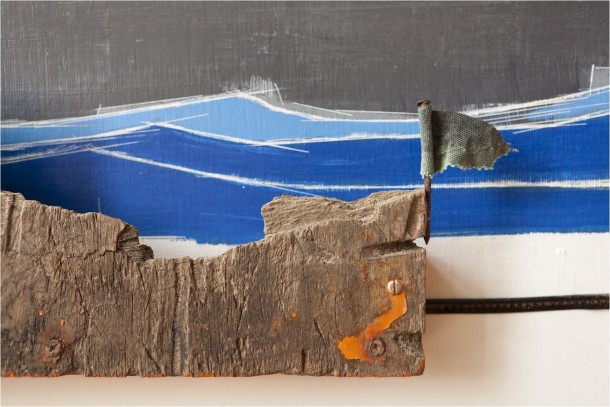
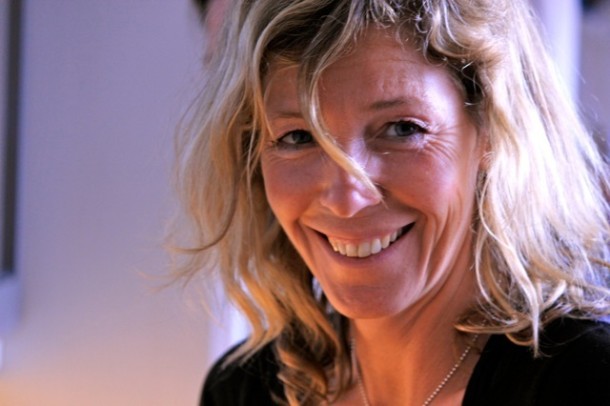
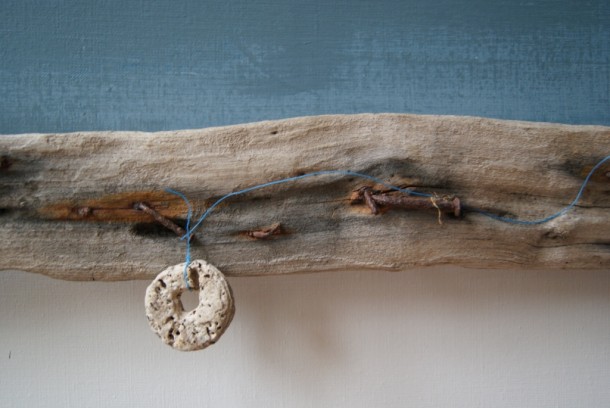
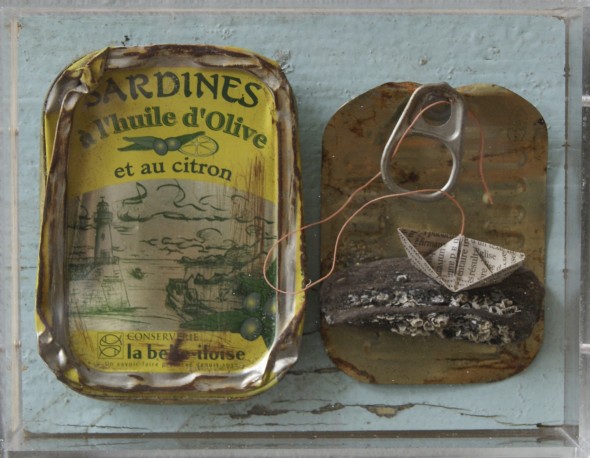
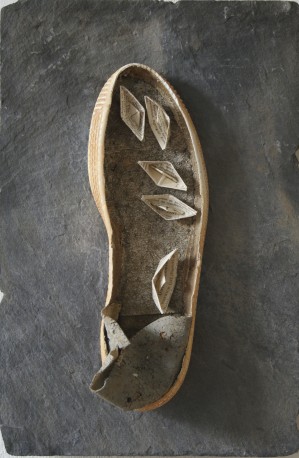
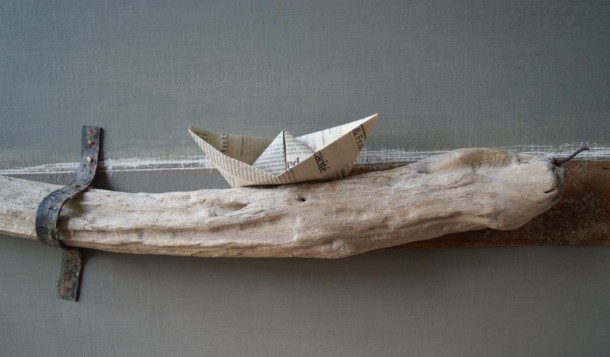
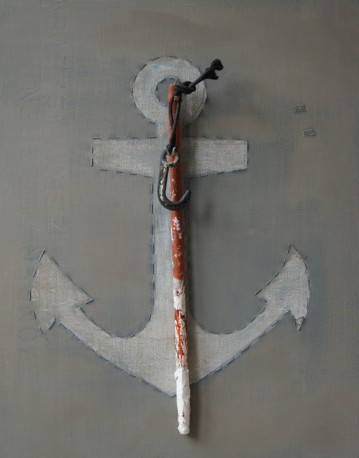
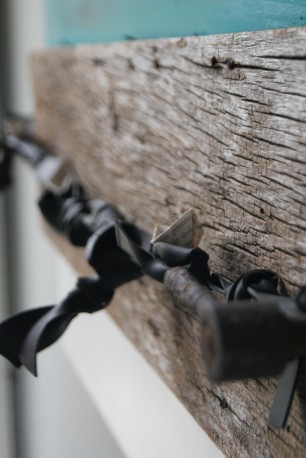
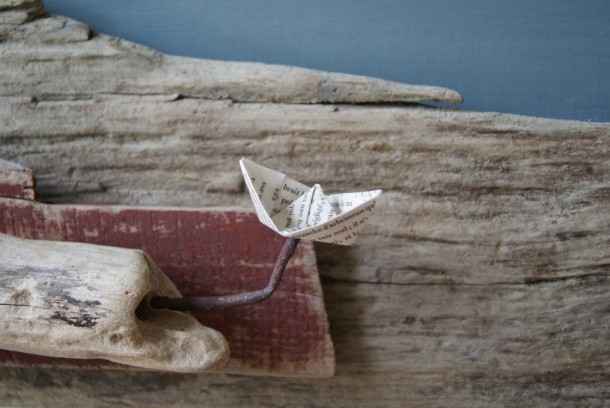
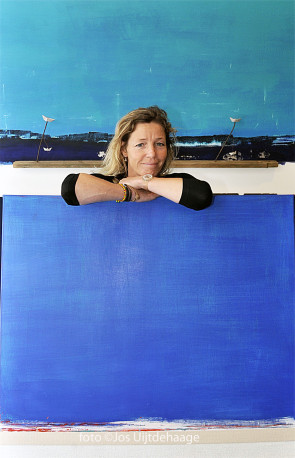














The opinions expressed by individual commentators and contributors do not necessarily constitute this website's position on the particular topic.